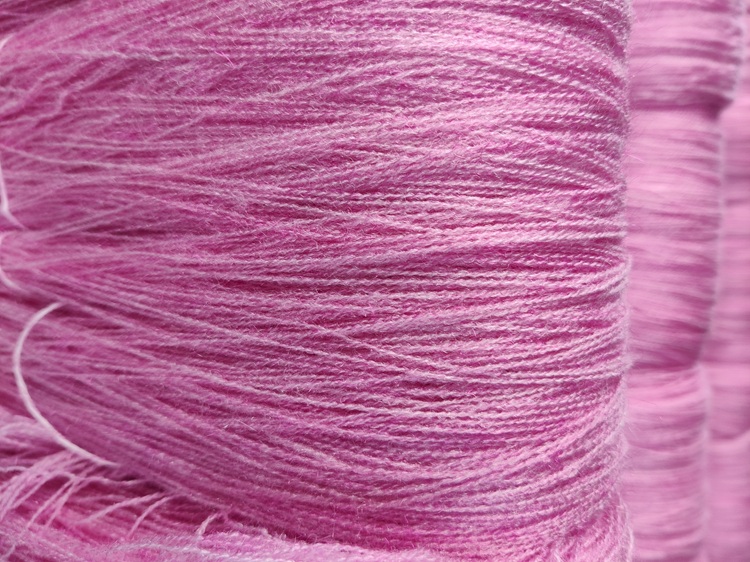
The pandemic rang in bad tidings for apparel exporters in South and Southeast Asia as the dip in US’ imports was significant. Compared to imports worth $111.033 billion in 2019, year 2020 recorded a dip to $89.596 billion. The trend took an upward turn in 2022 as The US Department of Commerce released figures for the first half of the year. The import figures indicate that US economy is witnessing fast recovery, and the world’s largest economy is continuing to support economic recovery in developing countries.
Upswing in textile imports
The import of textiles and apparel by the US continues to grow at high rate and rose 30.97 per cent to $66.308 billion in the first six months of 2022, compared to $50.626 billion in the same period of 2021. With 26.80 per cent share China continued to be the largest supplier of textiles and clothing to the US, followed by Vietnam with 13.87 per cent. As per Major Shippers Report, apparel constituted the bulk of textiles and garments imported by the US in January-June 2022, and were valued at $49.578 billion, while non-apparel imports accounted for $16.729 billion. In contrast, import of apparel to the EU experienced a dramatic drop of 80 per cent.
Man-made fibers constituted the largest chunk at $33.4 billion, with cotton at second place at $29.5 billion. Products from silk and vegetable fibers accounted for $1721.6 million whereas wool products stood at $1648.5 million.
China continues to lead
China retains its pole position as the largest exporter to the US. The US textile and apparel imports volume from China in July 2022 reached 3.21billion m2, down 9 per cent year-on-year. Import value reached $3.59billion, up 26.7 per cent year-on-year. US apparel imports value from China in Jul 2022 toppled $1.27 billion, up 22.7 per cent year-on-year. The textile industry of China is the largest manufacturer and exporter in the world with an export turnover of $266.4 billion. Low-cost production, raw material quality, industrial structure, modern high-tech machinery, label development and work process in domestic consumer and global market contribute to China’s unshakeable leadership in this sector. The output volume of China textile industry accounts for more than half of the global market.
Other gainers were Bangladesh up 60.3 per cent, Indonesia up 60.27 per cent, India up by 57.2 per cent, Cambodia which recorded a rise of 52.5 per cent and Pakistan grew 50 per cent year-on-year. The non-apparel sector also experienced a growth surge as Cambodia’s exports rose by 73 per cent, Vietnam 29 per cent and Italy 27.5 per cent. Turkey was the only nation that lost ground by nearly 8 per cent. However, with all figures released, the ASEAN countries collectively experienced the best in this growth surge whilst India and Bangladesh did not.
It should be noted that US apparel imports enjoyed a decent growth but started to face softening demand. Thanks to consumers’ spending, in the first half of 2022, US apparel imports went up 40 per cent in value and 24 per cent in quantity from a year ago. However, the US economy remains highly uncertain in the medium term and it might see many US fashion companies to turn more conservative in placing orders.












